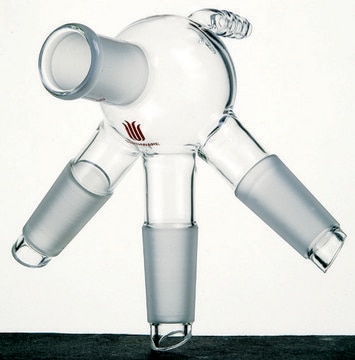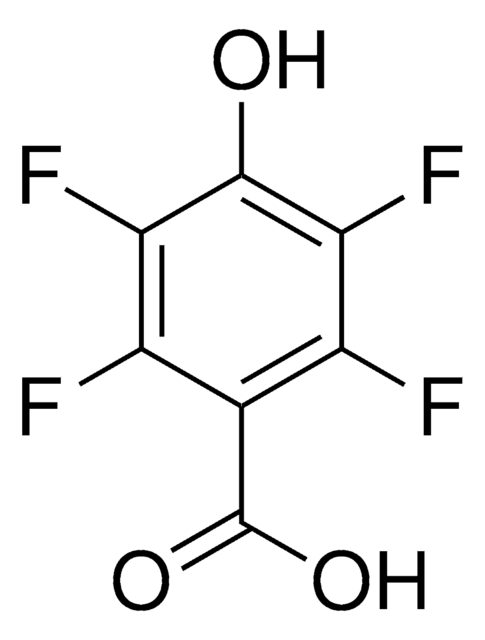OGS621
pSF-CMV-NH2-PPT-3XFLAG
plasmid vector for molecular cloning
Sinónimos:
cloning vector, expression vector, molecular cloning vector, plasmid, plasmid vector, snapfast vector, vector
About This Item
Productos recomendados
recombinante
expressed in human cells
etiqueta
3X FLAG tagged
formulario
buffered aqueous solution
mol peso
size 4610 bp
selección de bacterias
ampicillin
Origen de replicación
pUC
Escisión peptídica
EKT
Ubicación de la etiqueta en el péptido
N-terminal
Promotor
Promoter name: CMV
Promoter activity: constitutive
Promoter type: mammalian
Condiciones de envío
ambient
temp. de almacenamiento
−20°C
Descripción general
Aplicación
Secuencia
Nota de análisis
Otras notas
Información legal
Producto relacionado
Código de clase de almacenamiento
12 - Non Combustible Liquids
Punto de inflamabilidad (°F)
Not applicable
Punto de inflamabilidad (°C)
Not applicable
Certificados de análisis (COA)
Busque Certificados de análisis (COA) introduciendo el número de lote del producto. Los números de lote se encuentran en la etiqueta del producto después de las palabras «Lot» o «Batch»
¿Ya tiene este producto?
Encuentre la documentación para los productos que ha comprado recientemente en la Biblioteca de documentos.
Nuestro equipo de científicos tiene experiencia en todas las áreas de investigación: Ciencias de la vida, Ciencia de los materiales, Síntesis química, Cromatografía, Analítica y muchas otras.
Póngase en contacto con el Servicio técnico


